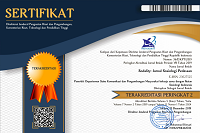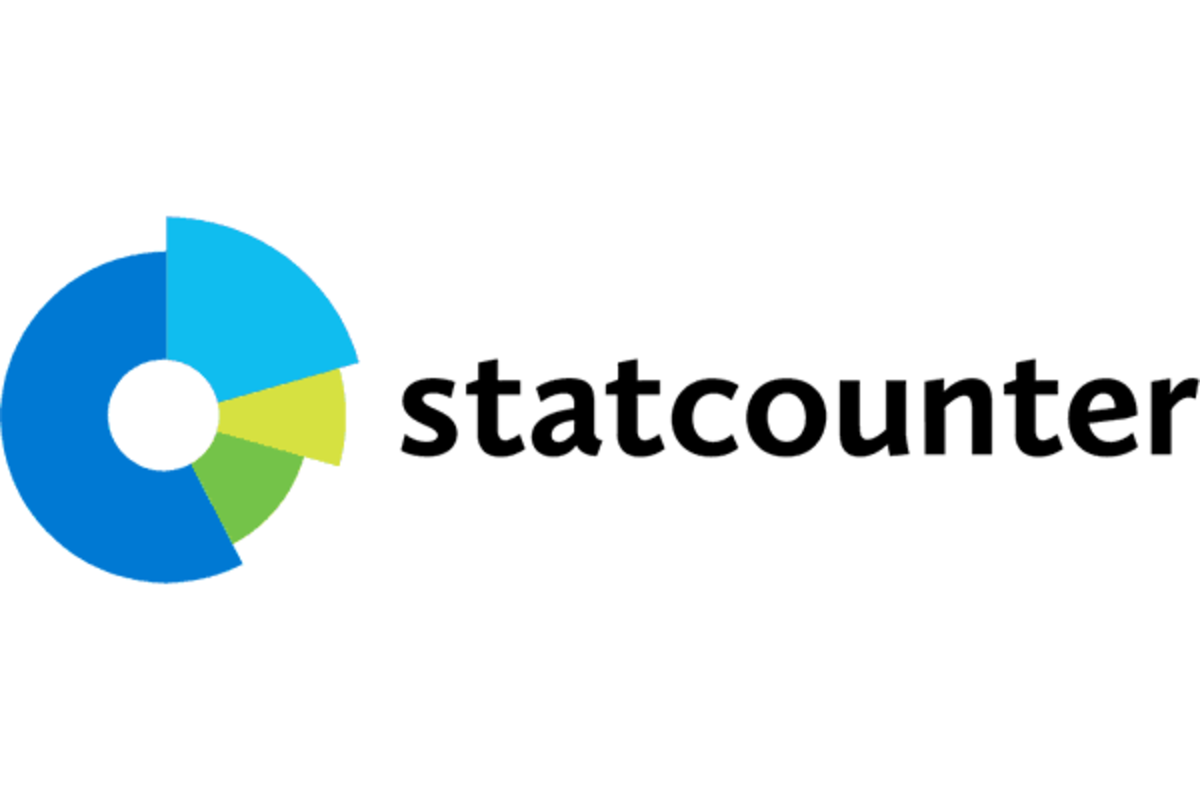Class and Structural Inequality of fishing communities in Ambon City
Abstract
Social class is a social phenomenon that often occurs in every social group including the fishing communities. The structural inequality of fishing communities is characterized by the imbalance in ownership of production equipment and income distribution among fishermen. This research was conducted in one of the Fishermen Village (Negeri) in Ambon City, called Negeri Latuhalat. Type of research used in this study is post-positivism paradigm using qualitative approach supported by quantitative research. The purpose of this research is to analyze the level of imbalance between Ambon City fishermen. The results showed the formation of fishermen social classes which consist of masnait fishermen, tanase fisherman laborer, small fishermen, middle fishermen and tenant fisherman (capitalist). The gini index of fishermen in the research location shows a figure of 0.74, meaning that it shows a high imbalance between fisherman classes. The ratio of kuznets or the average comparison between fishermen received by 33% of the top group of Rp. 8,404,567, - and 25% of the lowest group of Rp. 2.040.000, -. Measurements using the World Bank also show the same thing with the results of gini index measurements that illustrate the portrait of inequality income distribution in the study sites. This condition illustrates that there has been an imbalance between fishermen classes, as much as 75% are only able to receive 8.72% of total income while as much as 25% of tenant fishermen (capitalist) enjoy and control 91.73% of total income.
References
Agusta, I. 2014. Ketimpangan Wilayah dan Kebijakan Penanggulangan di Indonesia: Kajian Isu Strategis, Historis, dan Pragmatis Sejak Pra Kolonial. Jakarta : Yayasan Obor Indonesia.
BPS Kota Ambon. 2017. Badan Pusat Statistik Penduduk Ambon : Ambon Februari 2016.
Creswell JW. 2013. Research Design: Pendekatan Kualitatif, Kuantitatif, dan Mixed. Yogyakarta: Pustaka Pelajar.
Collins, Randall. 1975. Conflict Sociology : Toward an explanatory Science. New York : Academic Press.
Dahuri, R., Nugroho,I., 2012. Pembangunan Wilayah : Perspektif Ekonomi, Sosial, dan Lingkungan. Jakarta. LP3ES
DKP Kota Ambon. 2017. Statistik Perikanan Tangkap Kota Ambon, 2016.
Haughton,J., Khandker, S.R. 2013. Pedoman Tentang Kemiskinan dan Ketimpangan: Handbook on Poverty And Inequality. Jakarta: Salemba Empat.
Helmi A, Satria A. 2012. Strategi Adaptasi Nelayan Terhadap Perubahan Ekologis [Jurnal]. Jurnal Makara, Sosial Humaniora. 16 (1): 68-78 [Internet]. [29/03/2016]. Tersedia pada: http://hubsasia.ui.ac.id/index.php/hubsasia/article/viewFile/1494/38
Imron M. 2003. Kemiskinan dalam Masyarakat Nelayan [Jurnal]. Jurnal Masyarakat dan Budaya. 5(1):63-82[Internet]. [diunduh 08 Januaru 2017]. Tersedia pada: http://jmb lipi.or.id/index.php/jmb/article/viewFile/259/237
Kinseng. R. 2014. Konflik Nelayan. Jakarta: Yayasan Obor Indonesia.
Kinseng. R. 2013. Kelas, Pendapatan, dan Kesadaran Kelas. Laporan akhir penelitian unggulan perguruan tinggi. Bogor [ID]: Institut Pertanian Bogor.
Kinseng. R. 2017. Struktugensi: Sebuah Teori Tindakan. Sodality: Jurnal Sosiologi Pedesaan | Agustus 2017, hal 127-137.
Kohn, Melvin L. 1990. “Position in the class structure and Psychological Functioning in the United States, Japan, and Poland”. American Journal of Sociology, Vol. 95, No. 4, January 1990.
Kusnadi. 2002. Nelayan; Strategi Adaptasi dan Jaringan Sosial. Humaniora Utama Press. Bandung.
Kusnadi. 2003. Akar Kemiskinan Nelayan. LKIS. Yogyakarta.
Maipita, I. 2014. Mengukur Kemiskinan dan Distribusi Pendapatan. UPP STIM YKPN.Yogyakarta.
Pemerintah Negeri Latuhalat. 2016. Profil dan Monografi Negeri Latuhalat.
Retna M. I, Sumarti T, Satria A. 2018. Tindakan Rasional dan Strategi Berjejaring Rumah Tangga Nelayan Kecil. Sodality: Jurnal Sosiologi Pedesaan | Vol 6 No 1 April, hal 32-39
Ritzer, George. 2012. Teori Sosiologi Dari Sosiologi Klasik Sampai Perkembangan Terakhir Postmodern. Edisi Kedelapan. Yogyakarta: Pustaka Pelajar.
Rohayati. 2017. Pengaruh Kebijakan Pelarangan Alat Tangkap Cantrang dan Modal Sosial Terhadap Kemiskinan Nelayan di Kota Tegal. Thesis. Sekolah Pascasarjana Institut Pertanian Bogor.
Satria A. 2009. Ekologi Politik Nelayan. Yogyakarta: PT LKiS Printing Cemerlang.
Stavenhagenm Rudolfo. 1975. Social Classes in Agrarian Societies (trans. By Judy Alder Hellman). New York. Anchor Press/ Doubleday, Garden City.
Sudarso. 2007. Masyarakat, Kebudayaan dan Politik: Tekanan Kemiskinan Struktural Komunitas Nelayan Tradisional di Perkotaan. Journal Universitas Airlangga, Vol. 20/No.2 page 87-102. Published: April 2007.
Sukmawati. 2008. Struktur dan Pola Hubungan Sosial Ekonomi Juragan dengan Buruh di Kalangan Nelayan Pantai Utara Jawa Barat: Studi Tentang Simbiosis Antara Juragan dengan Nelayan Buruh di Pondok Bali Kecamatan Legon Kulon Kabupaten Subang. Jurnal Kependudukan Padjajaran, Vol. 10, No.1, Januari 2008: 50-63.
Sumarti T. 2007. Sosiologi Kepentingan (Interest) dalam Tindakan Ekonomi [Jurnal]. Sodality. (1): 283-293 [Internet]. [23/07/2017]. Tersedia pada: http://journal.ipb.ac.id/index.php/sodality/article/view/5925
Todaro, M,. Stephen Smith. 2004. Pembangunan Ekonomi di Dunia Ketiga, Edisi kedelapan. Jakarta : Erlangga.
Turner, Jonathan H. 1998. The Structure of Sociological Theory (Fifth Ed). California: Wadsworth Publishing Company, Belmont
Wright, Erik Olin. 1987. Classes. Verso, London-NewYork.
Wright, Erik Olin. 1991. “ The Conceptual Status of Class Structure in Class Analysis” dalam Scot G. McNall, Rhonda F. Levine and Rick Fantasia (editors). Bringing Class Back In. Contemporary and Historical Perspectives. Westview Press.
Authors who publish with this journal agree to the following terms:
- Authors retain copyright and grant the journal right of first publication with the work simultaneously licensed under a

This work is licensed under a Creative Commons Attribution 4.0 International License. that allows others to share the work with an acknowledgement of the work's authorship and initial publication in this journal. - Authors are able to enter into separate, additional contractual arrangements for the non-exclusive distribution of the journal's published version of the work (e.g., post it to an institutional repository or publish it in a book), with an acknowledgement of its initial publication in this journal.
- Authors are permitted and encouraged to post their work online (e.g., in institutional repositories or on their website) prior to and during the submission process, as it can lead to productive exchanges, as well as earlier and greater citation of published work (See The Effect of Open Access).




.png)









